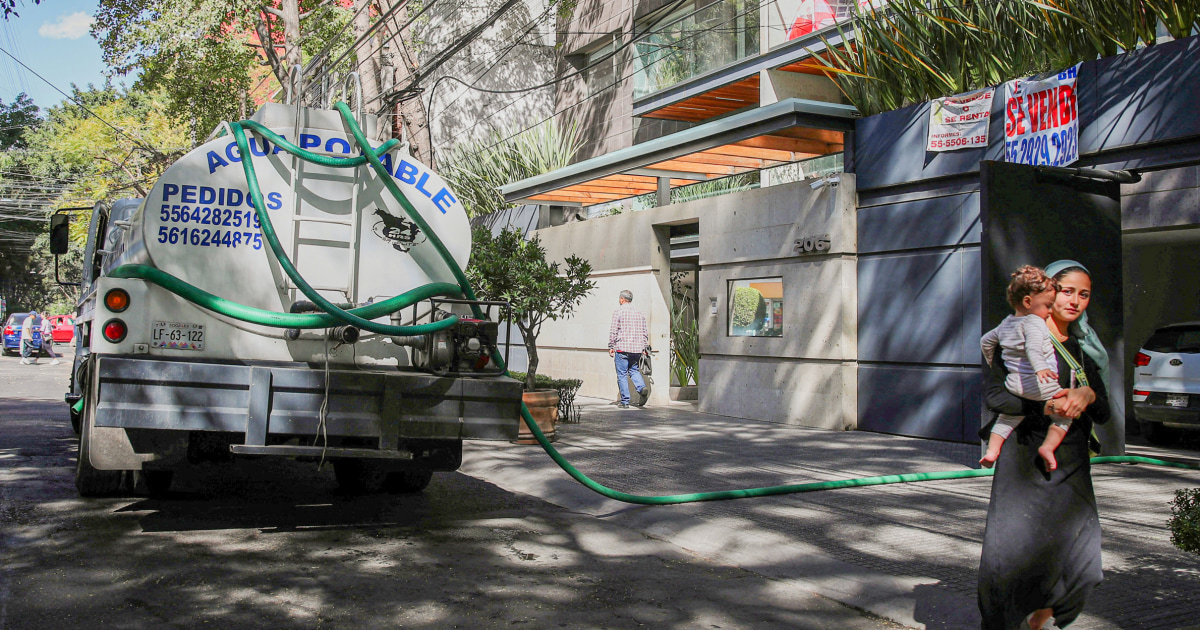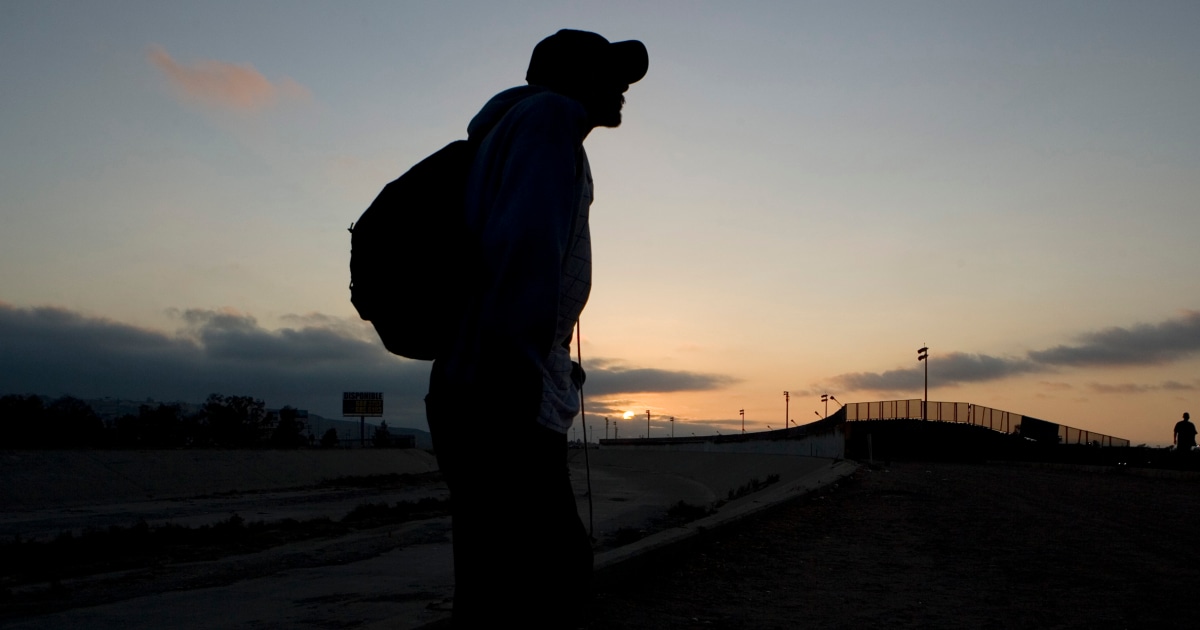(CNN Spanish) -
Mexico has faced in 2021 one of the most severe and extended droughts in decades.
More than 50 million people experience some kind of shortage, according to scientific researchers inside and outside of Mexico.
Experts agree that the situation, fueled by climate change, is likely to get worse.
Here, a 10-figure overview to learn about the water situation in Mexico.
Lack of access
Between 12.5 and 15 million inhabitants do not have access to drinking water in Mexico, according to the Autonomous University of Mexico, which represents approximately 10% of the population.
Among those who do access, almost 30% do not have enough quantity or quality.
How is water used in Mexico?
The main use is for agricultural activities (76%), followed by public supply (14.4%), industry (4.9%) and electricity (4.7%), according to the Water Advisory Council, a civil organization dedicated to this problem.
Water stress
Mexico is one of the 25 countries in the world facing the greatest water stress, according to the World Resources Institute (WRI).
Its level of water stress is "high", which means that each year an average of 40% of the water available for use is extracted.
As of 2019, it was in the 24th position out of a total of 164 evaluated.
advertising
In the Valley of Mexico basin, for example, the equivalent of 55 cubic meters per second is extracted and 25 cubic meters are recharged, according to data released by the UN.
In other words, less than half of what is extracted is recharged.
(Globally, water stress affects about 36% of the population, about 2.4 billion, according to UN Habitat estimates as of March 2021).
Lack of water
More than 50 million people were facing perennial or seasonal water shortages in urban areas by 2016, according to research published in the journal
Nature
,
which also ranks it as one of the countries where this problem will worsen the most.
Their situation was, by that year, the most compromised in Latin America, especially in the north.
Mexico City is part of the ranking of megacities —that is, those where more than 10 million people live— that face water shortages, seasonal in their case.
By 2016, according to the
Nature
study
, it was the third city with the most inhabitants facing this problem (on a seasonal basis), only surpassed by Delhi and Shanghai.
Overexploitation of aquifers
Mexico has 653 underground aquifers, according to information from the National Water Commission (Conagua), and their overexploitation has grown steeply over the years.
By 1975, there were 32 overexploited aquifers.
By 2019, the figure had risen to 157, according to the National Institute of Geography and Statistics (Inegi).
Overexploitation has also accelerated: in just two years, 50 overexploited aquifers were added to this list, according to official figures.
Water contamination
More than 70% of rivers, lakes and dams have some degree of contamination, according to a 2018 study on the protection of bodies of water carried out jointly by the National Human Rights Commission and the National Autonomous University of Mexico (UNAM).
One of the 5 countries that consumes the most water
In Mexico, an average of 366 liters of water are consumed per day per capita, according to the UN, which places it in fifth place along with Spain.
Only the United States, Australia, Italy and Japan surpass it in this ranking.
NASA: almost 85% of Mexico is experiencing an intense drought 1:11
Waste of water
About half of the water is wasted in the Valley of Mexico, according to UN figures.
In the capital, according to the Secretariat of the Environment of Mexico City, the three causes of waste are the problems in the operation and infrastructure to be able to capture and distribute the water, the "bad consumption habits" of the users and the "Lack of the culture of reuse, separation and use of rainwater".
5 indicators that will get worse
The report recently published by the UN Intergovernmental Panel of Experts on Climate Change, which warned that the window to limit the increase in temperatures to 1.5 degrees Celsius is closing and that some of the effects of climate change are irreversible, defined Five phenomena that the region in which Mexico is located will surely or probably face: increase in temperature, decrease in monsoon rainfall and in average annual and summer rainfall;
increased drought and increased fire-prone conditions.
Panorama 2050
Water scarcity in urban areas will worsen by 2050, according to the projection of the study published in
Nature
, which mentions climate change and rapid urbanization as contributing factors to this problem.
Mexico will be one of the 10 countries where scarcity increases the most, according to the projection of the researchers, which could affect 74.8 million inhabitants, representing an increase of almost 50%.
In Mexico City, according to some scenarios outlined in this study, the shortage could stop being seasonal and become perennial.







/cloudfront-eu-central-1.images.arcpublishing.com/prisa/MHAZPPDHNJH7NI7OQ2UANORQUU.jpg)

